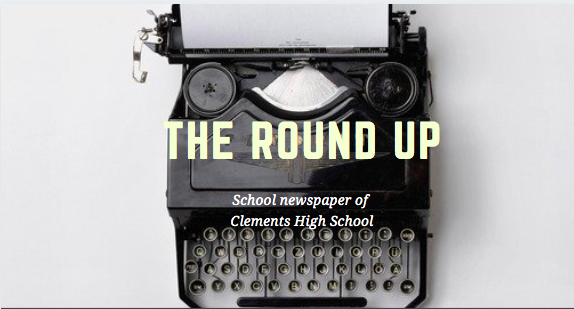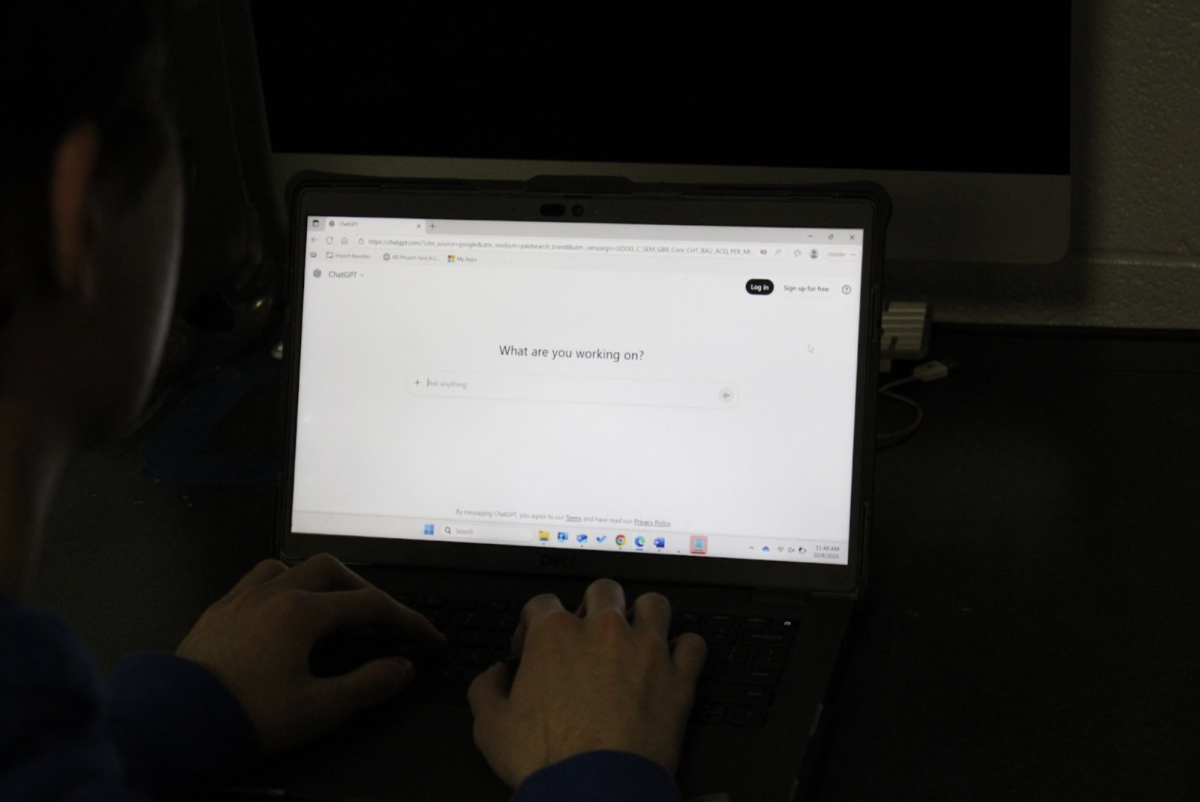With quick memes that are only considered funny for a weekend and the development of artificial intelligence, media literacy has significantly tanked due to the emergence of brain rot. While brain rot is not inherently a problem in and of itself, it generates a problem: reduced attention spans, lack of media literacy, and limiting vocabulary.
People should know how to put down a phone and control their addictions to social media, mainly for their own good.
To get where we are today in terms of meme culture, the app Vine began it all. The app birthed shorter, funnier, and memorable videos. The essence of the now nostalgic app was revived by Musical.ly (now TikTok). The plentiful amount of short videos has eliminated the need to pay attention for long, and the rapidly changing topics of videos also forced the attention span to lower. TikTok, Instagram Reels, and YouTube shorts are ruining our ability to focus on one thing for long.
Anything viral on TikTok spreads like a wildfire – the comedic algorithm is suited to every user’s needs. The most notable side of TikTok and Instagram Reels is brain rot, a constant stream of memes that gets dumber and dumber the further the user scrolls. This could be considered a highly contagious disease that rusts one’s cognitive abilities, creating an entirely new dialect from English. Further, brain-rot memes are face-value memes, requiring little to no deeper thinking.
Of course, something we can all laugh at is something we can all bond over, and memes are no exception. Brain rot can bring people together, forming a community from a shared sense of humor. However, because brain rot is targeted more towards the younger generations, the humor is immature and subconsciously encourages lower level vocabulary, like the following sentence: ‘ts icl like u dnt even kno gng so ima crash out fr bro ts is NOT Shakespeare’. (Translation: This stuff I can’t lie, like you don’t even know gang, so I’m going to crash out for real. This stuff is not Shakespeare.) Just because it’s immature doesn’t mean it’s not funny — because in the right situations it is — but if it is constant and distracting, it gets old, fast.
Most concerningly, the emergence of artificial intelligence has created an increase in click bait content that causes many to believe false information. Media literacy, in a nutshell, is the ability to understand the message of media and why it is what it is. Brain-rot lowers our ability to see past the surface of things and lowers our ability to see the layers in media, leaving us unable to critically interpret and determine if content is real.
These negatives are often overlooked as social media users prioritize the joy and laughs of connecting with people with similar interests using memes. Social media does create a sense of belonging for many who may struggle socially, but relying on social media for comfort ultimately strengthens its negative effects and rips individuals from the real joys of life beyond the screen.
Students need to learn self control and set limits to the rotting content on social media that is impacting attention spans, media literacy, and vocabulary, and indulge in the fruit of experiencing life to its fullest. Touch grass.










